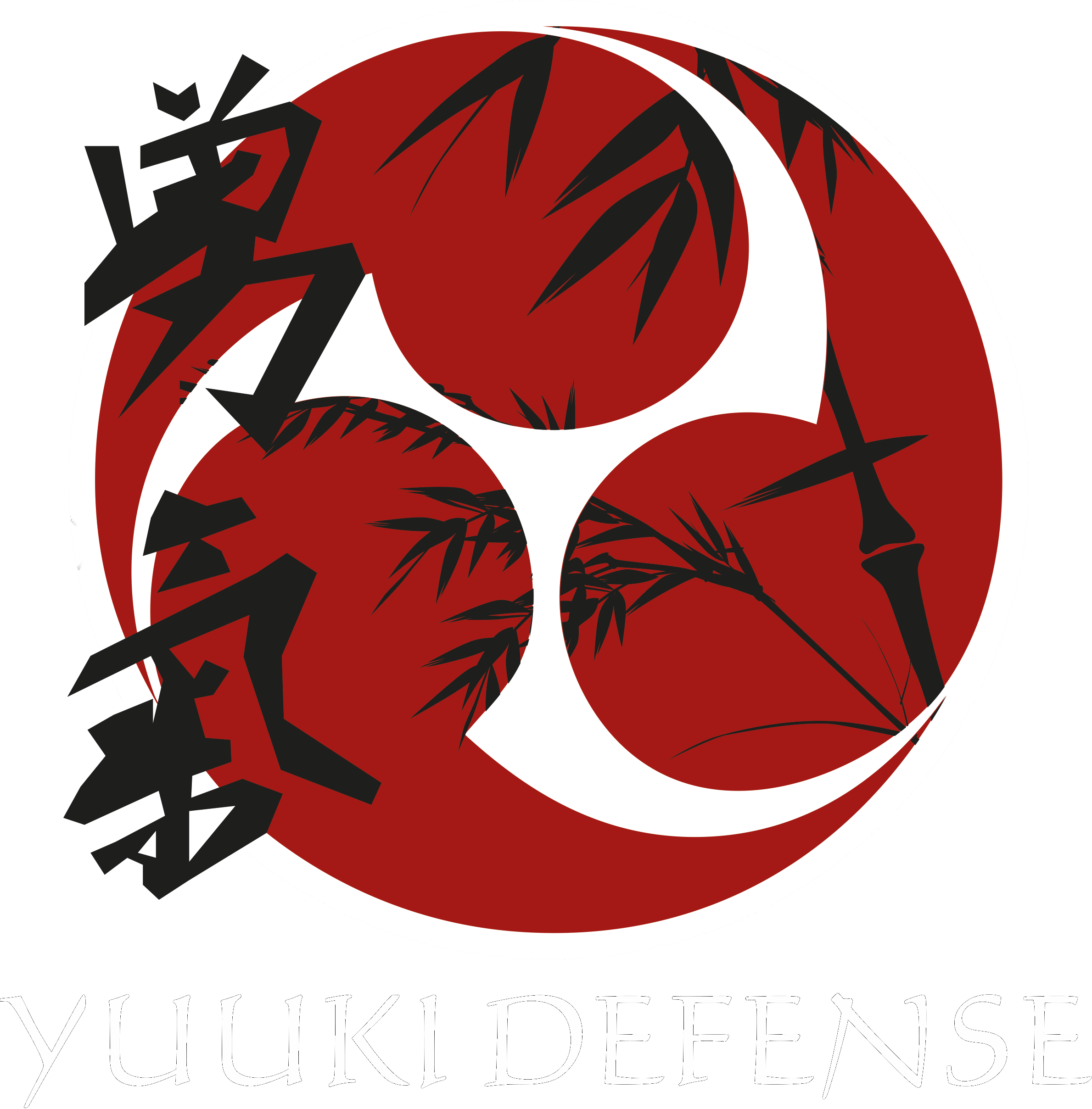Pinan- Studying Kata for Self-Defense - Part 3
“The shortest distance between two points is a straight line.”
Let's Review!
Welcome back to our series on the Pinan/Heian Kata! Let’s quickly recap what we’ve learned so far from part 1 and part 2. In part 1, we discussed the origins of the Pinan/Heian kata in Okinawa, including Master Itosu’s desire to create a more systematic approach to karate training. He wanted to distill key fighting concepts into just a handful of forms that would develop a level of martial competency in a condensed timeframe, relative to the traditional martial arts training of the era.
“Traditional Chinese martial arts, the source of Okinawan karate, typically produce martial competency after 10 years of training. Itosu sought something better, something outside of this established tradition. He wanted to redefine the standards of training and develop martial proficiency in less time. He also wanted to be able to spread karate in a big way. With secret traditions taking decades to master, karate was ready for a breath of fresh air.”
Understanding that these kata have a functional root allows us to then begin to sift through the unique material in each of the 5 kata in order to identify the key fighting lessons that Master Itosu housed within. Part 2 of this series discussed the importance of forward motion as a combative principle. It is a trained response that lends itself to more immediate situational control, and it is the first lesson taught in the Pinan/Heian series.
What Next?
Once we commit to forward motion as a strategy, what do we do next? Luckily Heian Nidan/Pinan Shodan ( the 2nd form in the series) identifies exactly that. In the video above, we can see that this kata contains a number of linear techniques chained together from newly introduced stances, with little angular variation along the embusen (shape of the kata). With these movement patterns, Itosu is teaching us to move straight at our opponents, regardless of where they are and regardless of our stance. The forward motion principle from the previous kata is still at play, but we must learn to direct that forward motion somewhere. So, the master tells us to send that forward energy directly into the center of our opponent’s mass. This should be the proverbial “bullseye” that we’re aiming for.
It's Simple
It was Archimedes who said, “The shortest distance between two points is a straight line.” While this may seem obvious, look at any brawl between untrained fighters and I challenge you to locate a straight line technique. In this lesson, again Itosu is helping us to overcome our untrained instincts by reminding us to direct our forward drives along the shortest, and therefore most efficient route. The straight line originating from our center should be locked onto the opponent’s center and energy should be delivered in that direction, regardless of the technique. This helps us to achieve maximum efficiency, which translates into maximum speed, which equals maximum power, which means maximum results from whatever we are doing. Locate the center, and drive through it.
You may say, “Surely this can’t be the only way to apply a technique because of x, y, or z reason.” You’re right, it isn’t the only way to apply a technique. It’s just the most efficient way to deliver forward motion or energy to the front. Remember what Itosu is trying to do here. He’s trying to maximize martial proficiency in the shortest amount of time. To do that, he distilled the most effective martial lessons that produce the most immediate results into a series of 5 interrelated lessons, one per kata. These strategic principles are to be overlayed with the previous lesson in the series to create a complete fighting system.
Combining Principles
Can you see now how we’re building our defensive strategy point by point?
Forward Motion is Preferable to Backwards Motion – Move Forward to the extent possible
Straight Motion is Faster than Circular Motion – Drive directly to your opponent’s center along a straight line
Now that we have a basic strategy in place, we can recognize that individual techniques, punches and kicks, are simply expressions of energy directed forward or to the opponent’s center. They are the tactics demonstrated in the kata used to achieve the strategic objectives. But what happens if our strategy fails? That’s the 3rd lesson taught in the Pinan/Heian system, and we’ll be discussing it in our next article: Rotation.
KEEP READING Pinan- Studying Kata for Self-Defense - Part 4
-By Brandon Torrellas




